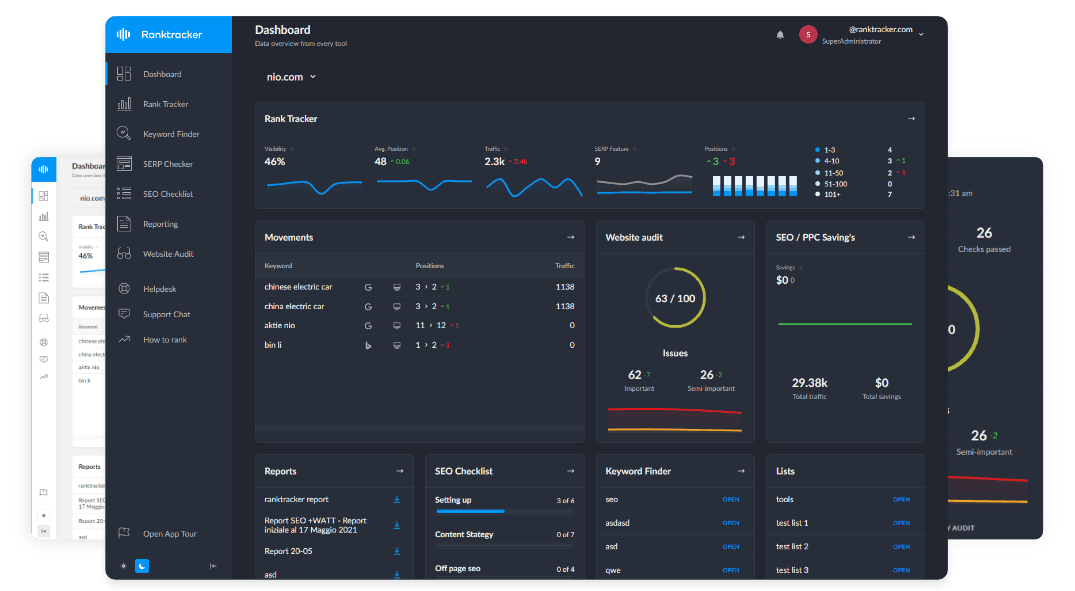Intro
Let’s say someone’s voice means something to you — maybe it’s a loved one, a storyteller, or a character from history. Now imagine you could bring that voice back. Not just as a recording, but speaking new words it never actually said.
That’s the idea behind modern voice cloning. It’s not magic — though it might feel like it. With tools like voice cloning software, we can now teach a computer to sound almost indistinguishably like a real person.
This isn’t just a tech trend. It’s already being used in films, classrooms, podcasts, and even healthcare. But how does it really work?
The Basics of Voice Cloning

Think of it like this: you’re teaching a machine to mimic someone’s voice, the same way a good impersonator might — only more precise.
You start with actual recordings. Not scripted lines, but natural speech. The AI listens. Not just to words, but to the way they’re said — the pauses, the rhythm, the inflection. It studies patterns. And slowly, it learns.
Once the system knows how a person sounds, it can generate new phrases in that voice — phrases the original speaker may have never said in real life.
The All-in-One Platform for Effective SEO
Behind every successful business is a strong SEO campaign. But with countless optimization tools and techniques out there to choose from, it can be hard to know where to start. Well, fear no more, cause I've got just the thing to help. Presenting the Ranktracker all-in-one platform for effective SEO
We have finally opened registration to Ranktracker absolutely free!
Create a free accountOr Sign in using your credentials
It’s not about copying. It’s about recreating.
Step-by-Step: How Voice Cloning Actually Works
1. Voice Samples — The Raw Material
It all starts with recordings. Not fancy ones — just clean, clear audio of someone speaking naturally. That could be a podcast, a conversation, or even old interviews. The more varied the material — different moods, different topics — the better the result.
2. The Learning Process
Next, the software gets to work. It doesn’t just memorize words. It listens for patterns — how the speaker pauses between thoughts, where their voice rises or softens, how they say “yes” differently depending on emotion.
This stage can take time. The AI needs to “study” the voice before it can speak with it.
3. Creating New Speech
Once the model is trained, you can feed it new text — anything you like — and it will read it in the cloned voice. Not a robot voice wearing a mask, but something that actually sounds like the original person talking in real time.
That’s the power of voice cloning: new words, same voice.
Types of Voice Cloning: Text-to-Speech vs. Voice Conversion
These are the two main flavors of AI voice cloning technology — and they’re used in different ways.
Text-to-Speech (TTS)
Here, you type a sentence, and the AI reads it aloud using the cloned voice. This is the method behind most AI narrations — whether it’s a video voiceover, audiobook, or virtual assistant.
Voice Conversion
This one’s different. Instead of starting with text, you speak into a microphone. The software then transforms your voice into someone else’s — live or recorded. It's like dubbing, but in real time.
Both methods rely on the same tech underneath. But how you use them? That depends on your project.
Where Voice Cloning Is Used Today
Voice cloning has already left the lab — it's out in the world, shaping how we hear content:
-
In Film and TV, it’s used to match voices in post-production or bring long-gone historical figures to life.
-
In Education, teachers and creators use it to narrate lessons across languages and formats.
-
In Accessibility, it gives back a voice to those who’ve lost theirs — sometimes even their own voice, restored from past recordings.
-
In Podcasts and Videos, creators use AI to keep narration consistent or to speed up production without recording every line.
Some companies and independent developers are also using Voice APIs to build more natural conversational agents and digital narrators. These technologies help make digital communication feel warmer and more authentic, whether it’s for customer interactions, online learning, or podcasts. What was once a curiosity is now a creative tool. Voice cloning is already powering everything from accessibility tools to educational content and media production. Our AI voice agent platform is another forward step - enabling natural, scalable, conversational AI for real-time customer interactions.
Ethical Use and Consent in Voice Cloning
Here’s the part that’s just as important as the tech — maybe more.
Cloning a voice isn’t something to do lightly. Behind every voice is a real person, and using that voice without their permission isn’t just shady — it can be harmful. Imagine hearing yourself in an ad or video you never recorded. Strange, right?
That’s why any responsible use of voice cloning must start with consent. If the voice isn’t yours, get clear approval. The best platforms, like Respeecher, actually require it — they won’t let you clone a voice without proof that you have the right to.
The All-in-One Platform for Effective SEO
Behind every successful business is a strong SEO campaign. But with countless optimization tools and techniques out there to choose from, it can be hard to know where to start. Well, fear no more, cause I've got just the thing to help. Presenting the Ranktracker all-in-one platform for effective SEO
We have finally opened registration to Ranktracker absolutely free!
Create a free accountOr Sign in using your credentials
And even when you do have permission, it’s worth being transparent with your audience. If you’re using a cloned voice in a project, just say so. It’s not about hiding the tech — it’s about building trust.
Conclusion: Voice Cloning Is Powerful — Use It Responsibly
So, how does voice cloning work? In the simplest terms, it listens, it learns, and then it speaks — with remarkable accuracy.
With the right approach, this technology can save time, open new creative doors, and even help people rediscover their voices. But it also comes with responsibilities. Make sure you have the right to use the voice. Be honest about how it’s being used. And always ask yourself: Does this add value — or does it cross a line?
Because when used thoughtfully, voice cloning software isn’t just impressive — it’s meaningful.

